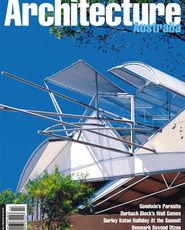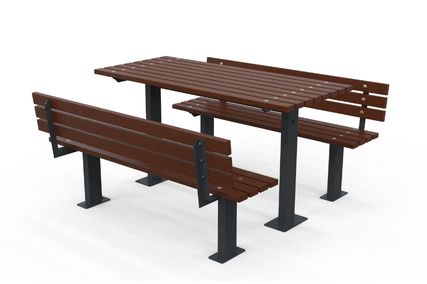The changing social and economic circumstances within which we must practice now constantly question the ethical codes we use to guide our professional conduct. With the current emphasis on economic outcomes and competition, it is appropriate for our profession to decide what, if any, difference there is between the practice of architecture and normal commercial enterprise. What is it that makes our profession distinctive from other commercial service providers? A profession is said to possess a unique body of knowledge and skill that is used by its members for the benefit of the community. That there is a unique body of knowledge is clear in the high achievements of many architects. With the changing commercial environment it is necessary to review our professional code of conduct and ensure it remains relevant, effective and enforceable. And the reason for the existence of such a code should not be distorted or forgotten because of self-interest nor overlooked in the daily pressures of managing a practice. The RAIA exists to ‘advance architecture’. This must translate into raising the standard of architecture, improving the quality of urban design and achieving a better understanding within the community of the value of good design. Noble aspirations, but does our code of conduct effectively ensure this happens? Should our code address issues such as our commitment to raising the standard of architecture compared to
accepting purely ‘market’ driven standards? Can pure fee tendering ever contribute to improving the quality of architecture? In raising the community’s awareness of the value of good design, should our code say anything about
ill-informed public criticism by one architect against another’s work in the search for personal publicity? The current review of our code of conduct and the related disciplinary procedures is long overdue. The community is questioning the perceived privileges enjoyed by the profession. The ACCC is focussed on any anti-competitive issues. Architects are extremely concerned about the consequences of unrestricted fee tendering and cut-throat competition on the quality of service, particularly to government clients. The community should also be concerned about how we are collectively going to improve the quality of our built environment. I look forward to the contribution by RAIA members to this review and I urge you to carefully consider these issues that are fundamental to our profession. As this is my last president’s page, may I say what a privilege it has been to serve as national president and to contribute in some small way to the advancement of the RAIA and the profession. During my presidency, I have been reminded of the immense talents as well as the unselfish idealism displayed by the members of our profession. The RAIA is the manifestation of this idealism. Graham Humphries FRAIA |
National President’s foreword: Architecture Australia, March 1999
More archive
See all
A preview of the November 2020 issue of Landscape Architecture Australia.














